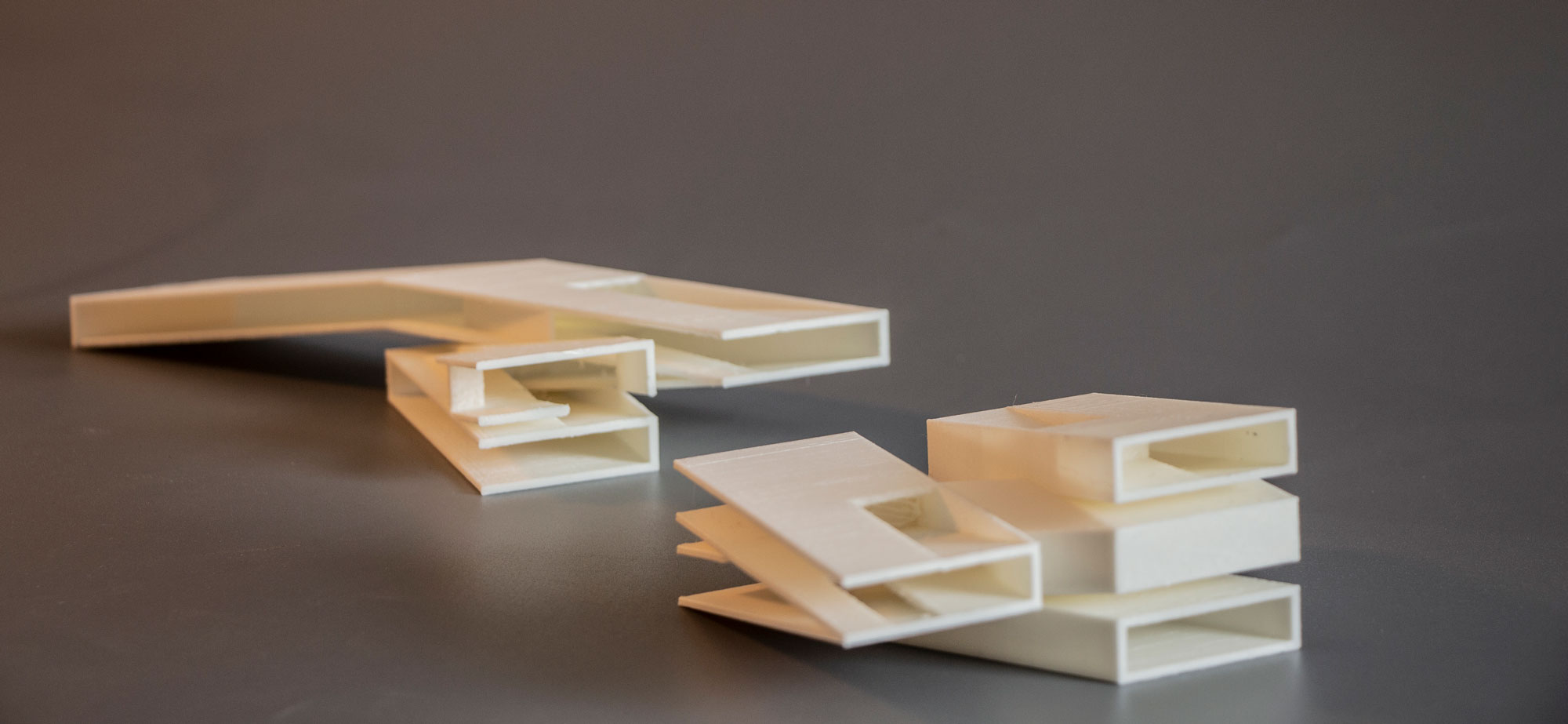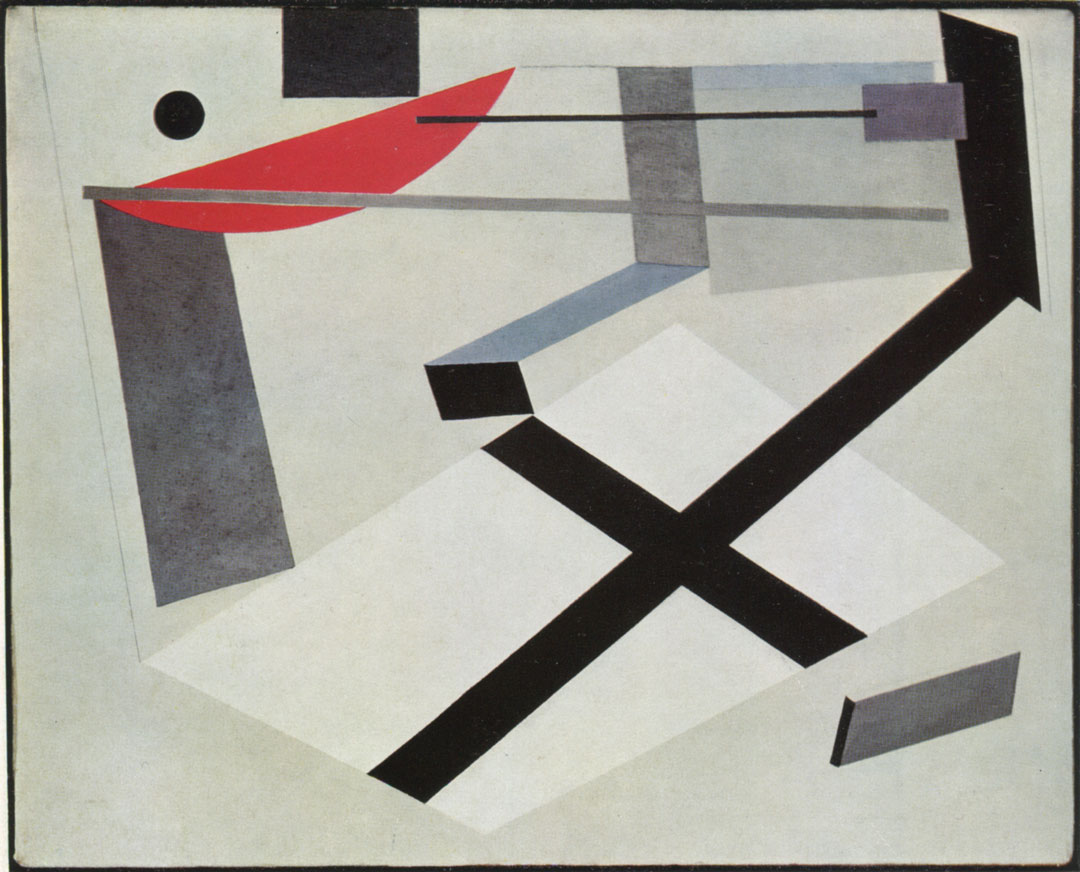company
type
role
team
-
space
designer | researcher
M.reza Aliyarinia
2018

Abstract
This project is an architectural response to the spatial provocations of El Lissitzky’s Proun, introduced most precisely through Ernst Kállai’s words: “It thrusts sharply into space on all sides; it contains layers and strata, diametrical opposites thoroughly intertwined…” These words articulate the central ambition of the design—to create a spatial condition driven by contradiction, tension, and movement.
The architecture is composed of interlocking components that intersect, support, embrace, and resist each other. It is a space defined by precipices, collisions, and shifting geometries—a deliberate departure from static composition and familiar order. Rather than anchoring the visitor in a stable orientation, the project seeks to unfix them, encouraging continuous movement and re-perception.
The body becomes dislocated, the gaze set into motion. The viewer is invited to circle, to reposition, to read the space from all angles. In this way, the project extends the ideals of the Proun from a singular artwork to the scale of the environment—transforming architecture into an active, spatial field.
Ultimately, the project aspires to a non-gravitational condition, one in which spatial freedom replaces linear narrative, and perception itself becomes the architecture’s primary material.

El Lissitzky: Proun 30
Methodology & Process
The design process for this project was rooted in form-finding through geometric experimentation, with a focus on uncovering spatial and structural potential through iterative making. The early stages centered on investigating a specific mechanism as a generative tool—exploring how movement, flexibility, and spatial tension could inform the development of architectural form.
We began by analyzing the behavior of this mechanism in abstract terms, initiating a series of 2D studies that focused on line, rotation, and intersection. These investigations acted as a foundation for understanding possible configurations and deformations. From there, the process evolved into a transition from 2D patterns to 3D constructs, where flat logic was reinterpreted as volumetric structure.
A key phase of the methodology involved identifying a basic module—a unit that could both carry the mechanical logic and offer architectural potential. This module became the building block for further exploration, and through repetition, rotation, and variation, we began combining modules to produce more complex spatial systems.
Each iteration was evaluated not just for formal outcome, but for its ability to express movement, tension, and visual instability. This continuous feedback loop between concept and material, between system and form, allowed the final geometry to emerge as a reflection of both intentional design and structural behavior.
The project’s form is not the result of a singular idea, but of a systematic exploration—a layered, responsive process where complexity arises from simple rules, and space becomes the product of dynamic relationships between components.

Early studies in investigating this mechanism in the process of form generation to find the basic module Probabilities from 2d to 3d

Combining base modules to reach complex models



